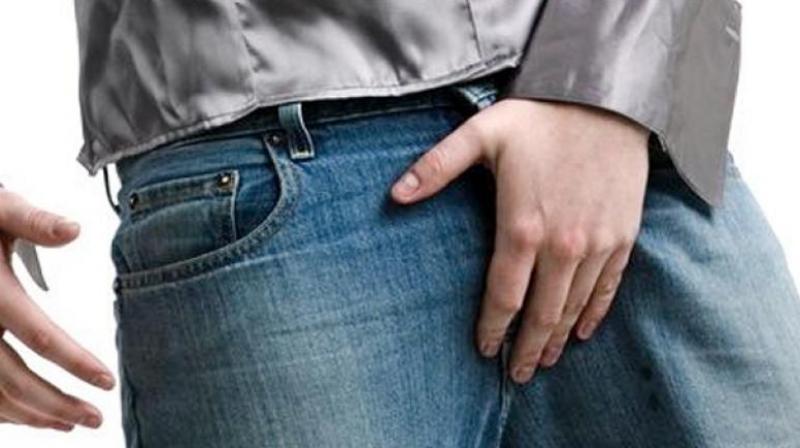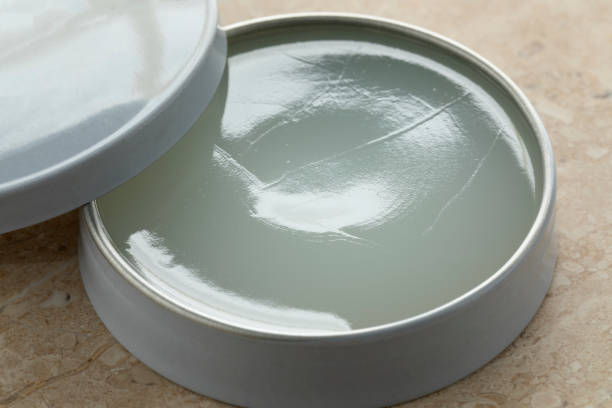6 things you must know about penile adhesion

When the skin of the penis’s shaft adheres to the glans, a bulbous structure at the apex of the penis, it results in penile adhesions in young males.
Skin bridges are thicker attachments. While some penile adhesions go away on their own during childhood, some require treatment with specialised lotions. Skin bridges could require surgery.
After your baby's circumcision, one of the possible side effects could be penile adhesion. Learn more about what it is below.
When the foreskin is anchored to the penile head’s base, a penile adhesion happens. Whether they have been circumcised or not, babies tend to experience it the most frequently. Another name for it is a penile skin bridge. Greater penile adhesions are typically referred to as skin bridges.
During the healing process after circumcision in a baby boy, it’s crucial to carefully draw back any extra skin of the penis shaft away from the glans. You should do this a couple times a day.
When you should start doing this and for how long? You should consult the doctor who performed the circumcision on your infant. The skin of the shaft may begin to cling to the glans if you do not do so. If a circumcision left too much foreskin behind, penile adhesions can be more likely.
Skin bridges and penile adhesions are frequently evident to the untrained eye. Visit a urologist right away for treatment if you notice one or more developing on your own penis. Visit a paediatrician right away if you see them developing on your son’s penis. If detected early, you typically don’t need surgery or any other invasive operation.
Adult men might also get penile adhesions. Adhesions and skin bridges may develop if a thick pad of fat in the pubic region pushes the skin of the shaft forward.
Penile adhesions may be the cause of a man experiencing a tugging sensation during an erection. Sometimes, that is the condition’s initial symptom. If left untreated, penile adhesions and skin bridges can occasionally become rather uncomfortable.

Smegma, a white discharge made of under-the-skin dead cells, is one of the symptoms. Smegma isn’t an indication of infection, but it can indicate that you need to practise greater cleanliness and get any adhesions treated.
There are three different types of penile adhesion:
You might not be able to observe the entire coronal margin during the exam. The glans and the shaft of the penis are divided by this purple line. This is due to the coronal margin’s covering shaft skin, which has attached to the glans.
Glanular adhesions are harmless and usually go away on their own if left untreated. We might advise putting Vaseline directly on the adhesions to hasten their separation. With spontaneous erections, the Vaseline will soften the adhesions, and the adhesions will start to separate on their own.
In certain cases, the skin of the penile shaft will grow a thicker, permanent connection to the coronal margin that cannot be detached and won’t separate on its own. You might see a little tunnel underneath a band of skin from the shaft that is stuck to the glans. The skin bridge can frequently be separated via an outpatient operation.
Longer-lasting adherence is like this. It usually requires treatment because it doesn’t go away by itself. The division of the skin bridge and correction of circumcision are other possible treatments.
The penis may reappear in the pubic fat pad after circumcision, and the surgical site may constrict, trapping the penis. You won’t be able to reveal the glans of the penis in this circumstance at all.
A topical steroid cream has proven to be a safe and efficient way to treat cicatrix. You will receive instructions on how to use the cream properly from your child’s doctor. A circumcision revision and repair of a hidden penis may be required if the steroid cream fails and the penis remains imprisoned.
There are numerous causes of penile adhesions, including:
Penile adhesion typically has no symptoms other than skin from the penile shaft adhering to the glans (head). When they develop an erection, your child may experience some pulling if they have an adhesion. Otherwise, it normally doesn’t hurt. An adhesion rarely results in redness or discomfort.
Your child’s penis may develop a white discharge known as smegma. This is typical and does not indicate an infection. The debris, dead skin cells, and oils that get trapped under the skin are the cause of it.
Some penile adhesions resolve on their own. The doctor should be informed if you do spot one on your child, though.
Treatments include:

For smaller, more mild penile adhesions, this works well. Your doctor could advise you to dab the adhesion with a small bit of petroleum jelly. The skin is made softer by this. The softening adhesions will be easier to separate as your child has spontaneous erections.
In order to stop new adhesions from forming after surgery to remove existing ones, petroleum jelly is occasionally advised.
For six weeks, a steroid cream must be applied twice daily to other penile adhesions. As a result of the skin being thinner, when the penile skin is pulled back during erections or diaper changes, the adhesions may finally separate.
Stop using the steroid cream and let your doctor know if you discover that it is making your child’s skin lighter or darker.
Surgery is required for penile adhesions that do not resolve with petroleum jelly or steroid cream. Normal practice is to use topical anaesthetic during the surgery. It takes only a short amount of time to do in a urologist’s office.
A half-hour before the surgery, the urologist treating your child will apply a numbing cream to the penis. The adhesion will then be broken up, enabling the skin to retract properly. To close the incision, they could employ surgical glue or sutures that dissolve.
The same rapid techniques can be used to cut some larger skin bridges. However, longer operations in an operating room can be necessary for more problematic bridges.
Your doctor might advise a revision to the initial circumcision if the circumcision was the source of the adhesion.
Your doctor can advise applying petroleum jelly to the penis of your child who has already experienced a penile adhesion in order to keep the skin flexible and supple.
In order to stop new adhesions from forming, they will also ask you to retract your child’s foreskin a few times each day. This is particularly crucial if your child is still in diapers, as the warm, moist atmosphere might result in adhesions.
This article was first published in theAsianparent.